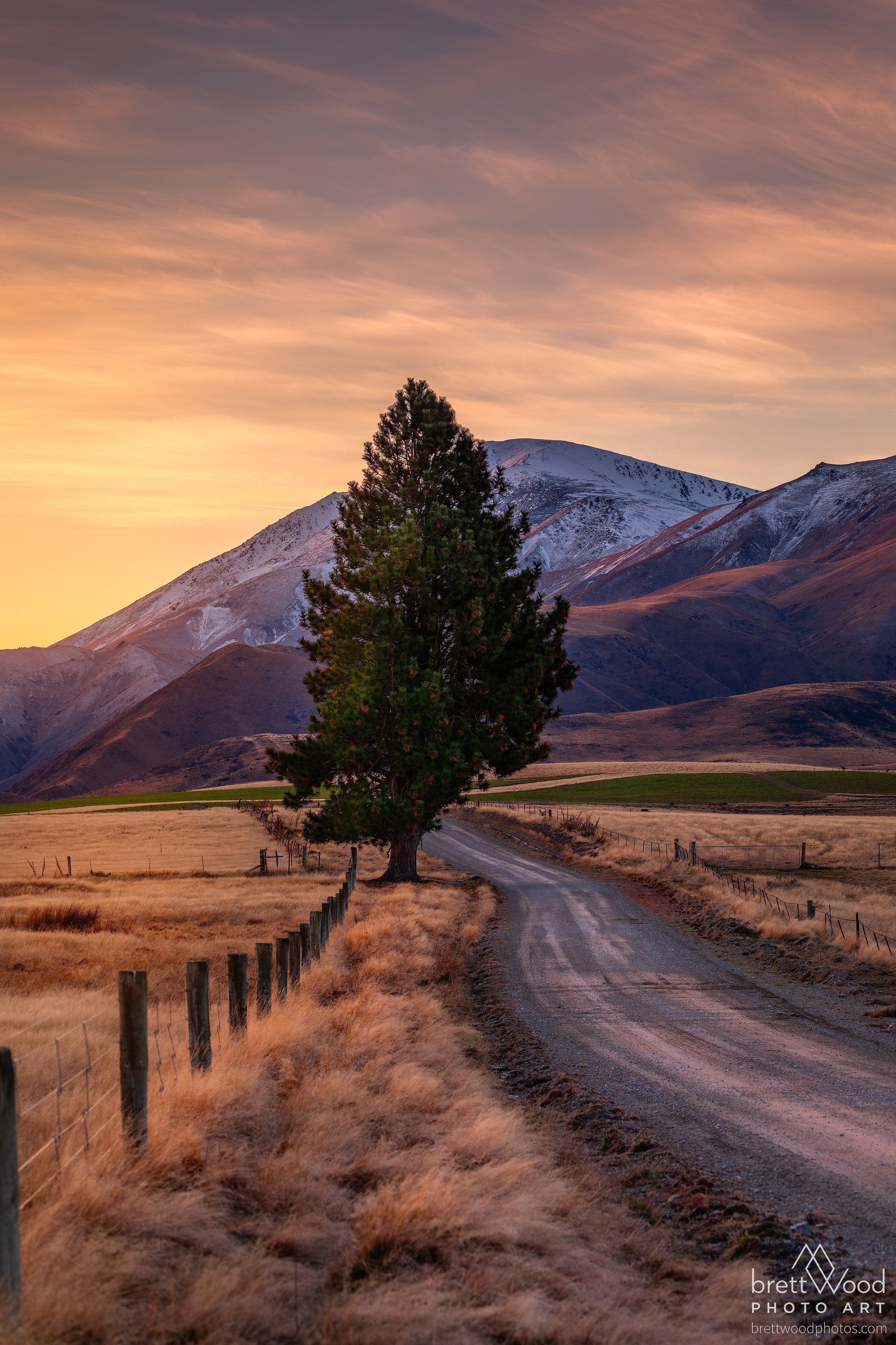In landscape photography, sometimes less truly is more. Over the years, I've discovered that stripping back compositions to their essence can create incredibly powerful images that resonate deeply with viewers.
Understanding Minimalist Landscape Photography
Minimalist landscape photography isn't about capturing everything—it's about carefully selecting what to exclude. The goal is to create images that are clean, uncluttered, and focused on essential visual elements.
Think of it like selling real estate: you're showcasing the key features that make a scene compelling, removing distractions that might dilute the image's impact. It's about creating a visual narrative with the least amount of visual noise possible.
The Power of Negative Space
Negative space is your secret weapon in minimalist landscapes. By allowing large areas of simplicity—whether that's a vast sky, an empty beach, or an expanse of snow—you create breathing room that draws attention to your main subject.
I remember a shoot in the back country of New Zealand where a single tree stood against a stunning mountainous landscape with a winding road. By positioning the tree carefully and allowing empty space around it, the image became dramatically powerful.
Key Techniques for Minimalist Landscapes
1. Simplify Your Composition
- Use the rule of thirds, but be willing to break it
- Focus on one or two primary elements
- Remove unnecessary visual clutter, I call this edge patrol. Scanning the scene and recomposing for simplicity.
- Look for clean, geometric shapes in nature
Post-Processing for Minimalism
In editing, less is definitely more. Focus on:
- Subtle contrast adjustments
- Gentle clarity enhancements
- Careful colour grading
- Maintaining image integrity
- Remove any distractions that take away from the focus of the image eg rocks, branches on the edges
I use Adobe Camera RAW and typically make minor tweaks—just enough to enhance the scene without over-processing.
Creative Approaches to Minimalist Landscapes
Don't be afraid to experiment. Some of my best minimalist images came from breaking traditional composition rules. Look for:
- Repetitive patterns
- Geometric landscapes
- Unique perspectives
- Unexpected simplicity
The Emotional Impact of Minimalism
Minimalist landscapes aren't just about technical perfection—they're about evoking emotion. By removing visual noise, you invite viewers to connect more deeply with the fundamental beauty of a scene.
Practical Tips to Get Started
- Scout locations during golden/blue hours
- Use mobile apps like PhotoPills for planning
- Experiment with different perspectives
- Be patient and intentional
Remember, creating compelling minimalist landscapes takes practice. Don't get discouraged if your first attempts aren't perfect. Keep shooting, stay curious, and most importantly, enjoy the process.
A final piece of advice: you won't capture great minimalist landscapes sitting on the couch. Get out there, explore, and see the world through a simpler lens. Often less is more.


